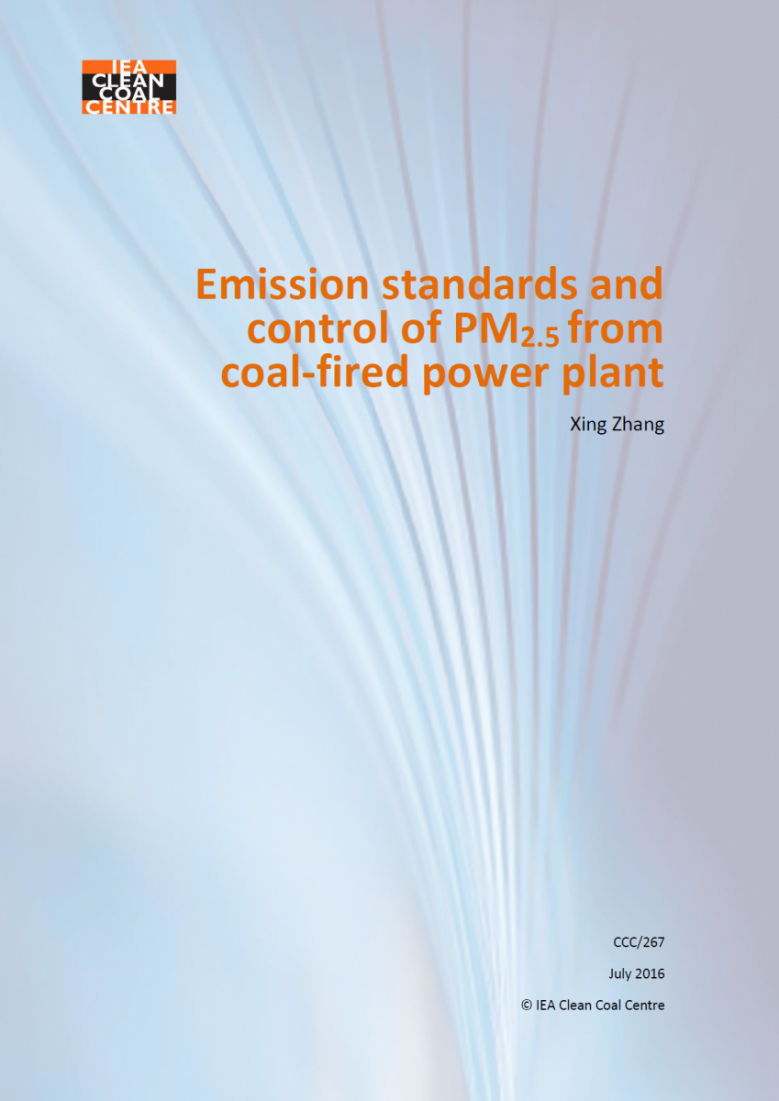Abstract
Fine particulate matter, PM2.5, can include SO2, NOx, toxic volatile organic compounds, heavy metals, water
and biogenic organic species. PM2.5 can be emitted directly or form in the atmosphere from the reactions of
other pollutants. Coal-fired power plants are a major source of PM2.5. There are international and national
emission standards to limit PM2.5. The standards for Australia, China, Germany, India, Indonesia, Japan,
South Africa, Thailand and the USA are described. There are various ways to measure PM2.5 in the
atmosphere. The emission of PM2.5 from coal-fired plants can be controlled pre-combustion, in-combustion
and post-combustion. Pre-combustion control is by coal selection and coal preparation. In-combustion
control is by optimising combustion and the injection of sorbents into the flame zone. There are various
methods of post-combustion control of PM2.5 emissions, including conventional particle emission control
devices (PECD) such as electrostatic precipitators (ESP) and fabric filters, and innovative PECDs such as
flue gas conditioning and wet ESPs. Other methods of post-combustion control include agglomeration,
various hybrid systems, and multi-pollutant control systems. Recent developments in PM emission control
technologies are reviewed.
| Attachment | Size |
|---|---|
| 3.02 MB |


